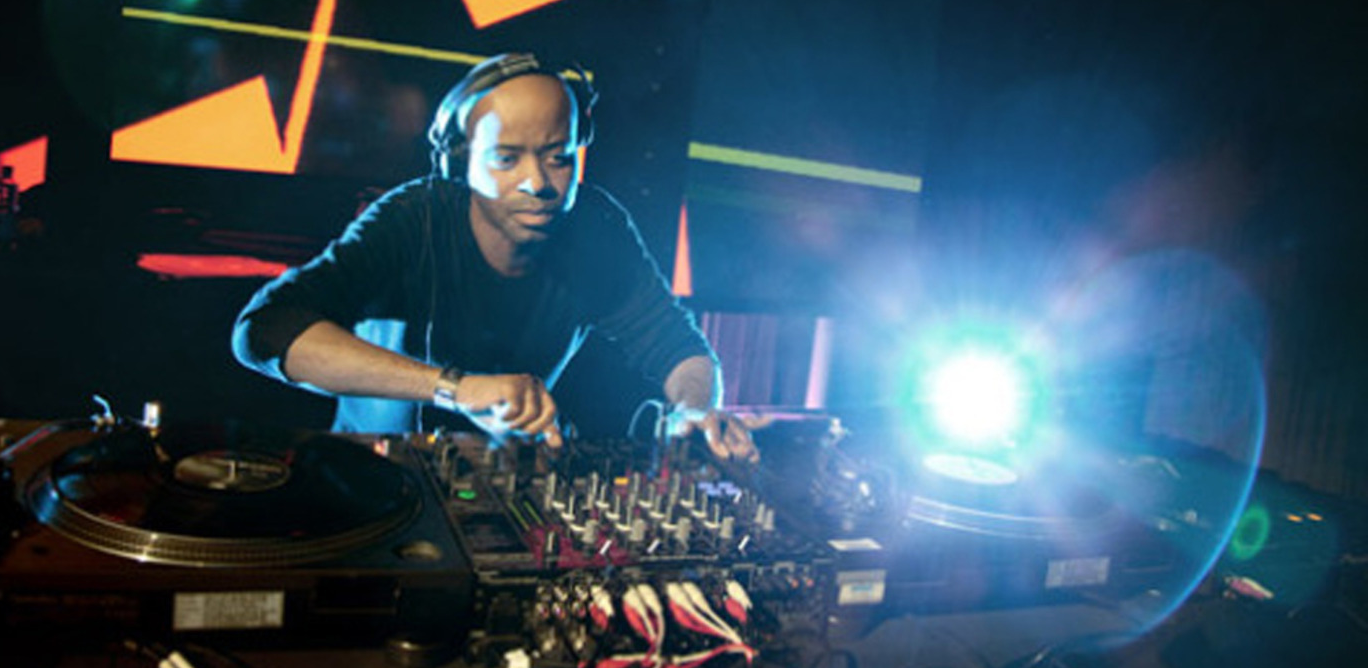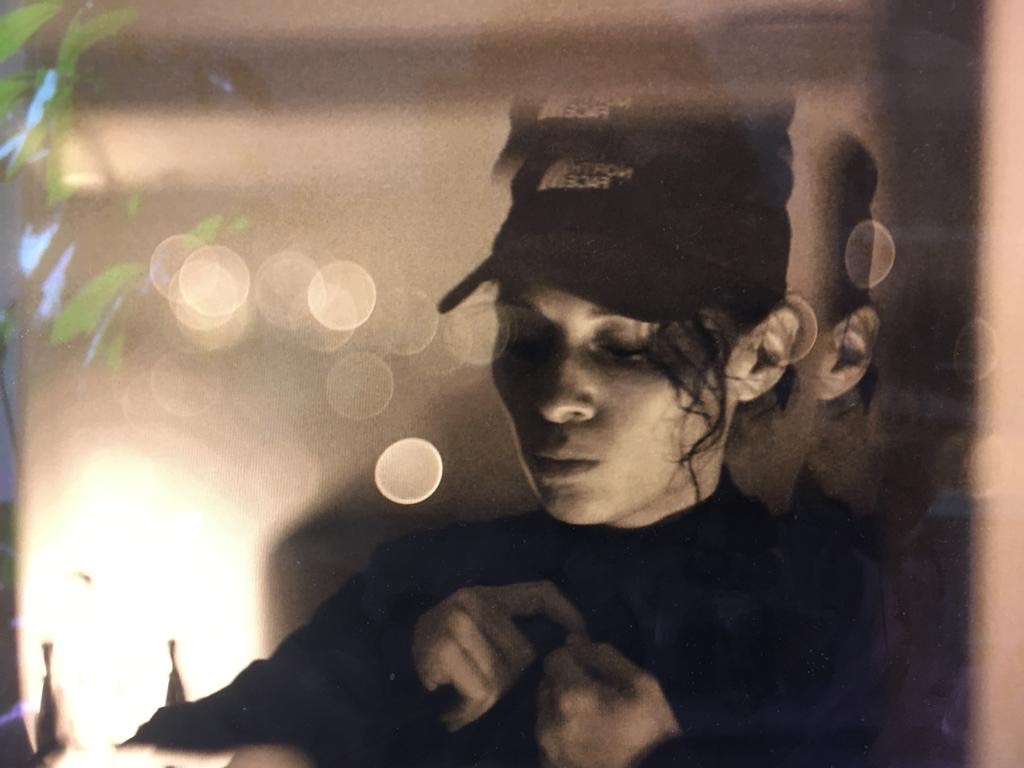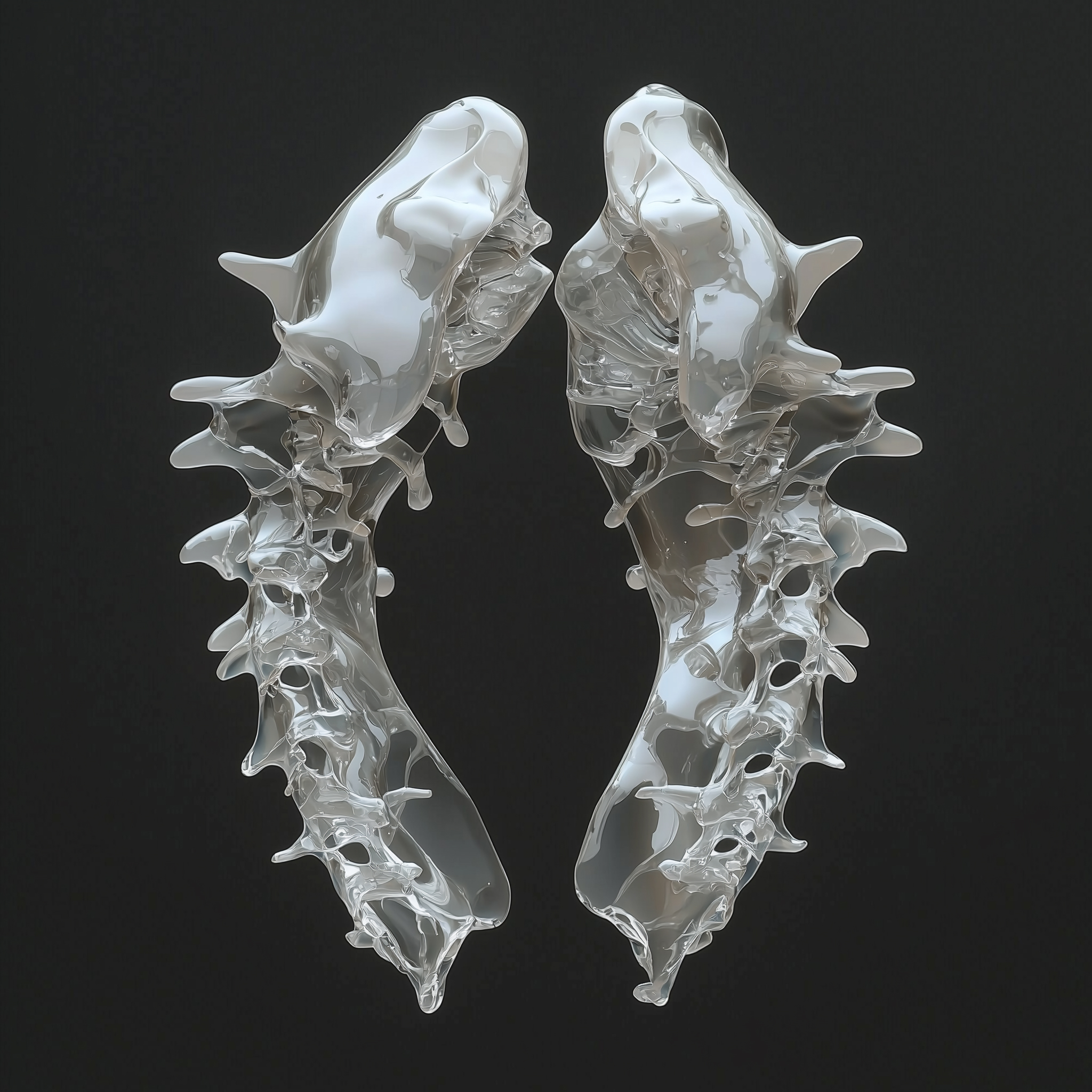Acid Thunder Sleevenotes #4

After the success of Terry Farley's massive 'Acid Rain' box set, the veteran Boys Own member is teaming up with the Harmless label once more to bring out 'Acid Thunder' – a 5 CD retrospective of the best in deep house, jack tracks and classic acid spanning 1986 – 1991. In addition, one disc will be dedicated to the memory of Frankie Knuckles, with songs by Knuckles, as well as tracks associated with him.
In case you missed the first three parts, you can read them here, here and here. For this fourth, and penultimate, outing, Jacob Arnold strolls through the sounds of Detroit;
Detroit Techno
Detroit’s electronic music scene began independently from Chicago’s, but the two would soon become intertwined. In the 1980s, Detroit was about a third the population of Chicago and dropping. Juan Atkins, the son of a concert promoter, and Richard Davis, an older Vietnam war veteran, recorded electro-industrial records starting in 1981 that can be characterized as proto-techno. The pair were inspired by European artists like Kraftwerk and Ultravox which they heard on the Electrifyin’ Mojo’s late-night radio show. As Cybotron, Atkins and Davis were signed to Fantasy in California.
The other members of the so-called Belleville Three began their independent labels years later, when Chicago’s house scene was already in full swing. Atkins’ Metroplex was founded in 1985, Derrick May’s Transmat in 1986 and Kevin Saunderson’s KMS in 1987.
May, whose mother lived in Chicago, danced at both Ron Hardy’s Muzic Box and Frankie Knuckles’ Power Plant. “It was a real baptism for me,” May tells Jonathan Fleming in What Kind of House Party Is This? “This was before they had anything called House music, when they were playing Jamie Principle on reel to reel, and everybody in the crowd would be singin’ the record…. I had a chance to see a little bit of the future—gay black kids, straight black kids, everybody just goin’ for it, and that was something you didn’t see much in Detroit.”
Chicago’s Hot Mix 5 inspired Detroit artists as well. “We would travel to Chicago every week just to hear this great radio show [on] WBMX and WGCI, which was Farley, Steve Hurley, and just basically all the guys that was there at the beginning mixin’ house records,” Kevin Saunderson tells Fleming. “That’s how I got into it really.”
Atkins summarizes (also via Fleming), “I started to pick up on the music that was coming out of Chicago. Me and my friends, Derrick May and Kevin Saunderson, then took that flavor and put the Detroit flavor on top of it.”
Virgin Records, however, was keen to market Detroit’s version of house music as a separate genre. Techno! The New Dance Sound of Detroit compiler Neil Rushton tells Jon Savage for The Village Voice that he and the Belleville Three met for dinner and decided to use the term as a label for their music. Derrick May credits liner note writer Stuart Cosgrove, who also wrote an article on techno for The Face, in May 1988, with popularizing the term, which Atkins gave him.
While the origin of the term “techno” may seem somewhat artificial, Juan Atkins’ unifying, futuristic vision resulted in uniquely beautiful music. After the release of Virgin’s compilation in early 1988, Alton Miller and George Baker opened The Detroit Musical Institution, aka the Music Institute, with DJs Derrick May, Darrell “D” Wynn, and Chez Damier, ushering in a golden age of Detroit techno. MK (Marc Kinchen)’s “Somebody New” on KMS includes a tribute to the Music Institute on the occasion of its closure in 1989.
Blake Baxter perfectly illustrates Detroit techno’s interplay with Chicago house. “When We Used To Play” was originally recorded for D.J. International, but when the label took too long to release it, Kevin Saunderson remixed it for KMS. Baxter’s other track for D.J. International, “In This House We Jack,” was eventually released on the compilation Jackmaster 4 in the UK and Germany.
Baxter was a street poet before he became a musician. “I used to go to bars and write and recite poems,” he tells Overload Media’s John Osselaer. His musical influences included Prince, Funkadelic, Giorgio Moroder, and Cybotron.
Baxter and his roommate Derrick May would drive to Chicago with a trunk full of Metroplex releases. Baxter began spinning at Detroit’s Majestic Theatre before the Music Institute opened. He recalls, “I had between 900 and 1500 people every Friday. I used to play alternative and at midnight I would play electronic dance music.”
Blake Baxter and Derrick May eventually had a falling out, leading to a fist fight one night and Baxter’s separation from the Belleville Three. Baxter went on to release a single for Underground Resistance, which introduced him to Berlin’s Tresor and the Hard Wax crew. He then started his own label, Mix Records.
Chicago’s DJ Rush (Isaiah Major) also straddled the vague boundary between techno and house. He grew up on the South Side and started DJing at school and private parties. He formed a party promotion group with his friends, called Gaucho, before beginning a residency at the Reactor in 1989, where he played his own tracks from tape alongside disco and Italo edits. “We was doing stuff that sounds like techno but we didn’t call it techno,” says Rush in a video interview with Will Kinsella. “The people in Europe called it techno…. My first record actually did good in Germany and in Italy, so they invited me over.”
His first record, Knee Deep, containing the track “Lookin For Excitement,” was published on the Trax Records side-label Saber Records in 1991. Rush wasn’t worried about genres. “If it’s good, it’s good,” he tells Kinsella. “My house was a little bit faster than the next person’s.” Like Baxter, Rush would find success overseas, moving to Berlin permanently in 1996.
Chicago native K Alexi Shelby illustrates the connection between Chicago and Detroit as well. One of his early singles was on Derrick May’s Transmat label. Shelby grew up sneaking into Club LaRay on the North Side, where Michael Fields and Michael Ezebukwu DJed. “It was primarily a gay bar, but a lot of straight people came,” Ezebukwu recalls. “A lot of folks that used to go to the Muzic Box with Ron Hardy on Saturdays, they would come down to Club LaRay on Tuesdays and Fridays.”
Shelby was inspired to create an exclusive theme song for the club, called “Welcome to Club LaRay.” In 1987 as Risque III, Shelby collaborated with Robert McKay and Mr. Lee on the steamy “Essence of a Dream.” “Risque Madness,” on the flip side, samples Kikrokos’ French disco tune “Life Is a Jungle,” whose break was popular in Chicago clubs.
A few years later, as Club MCM, Shelby recorded the dreamy “It’s Me” which is instrumental but for some female moans. He collaborated with Marshall Jefferson on “Message 2 Ron” dedicated to Ron Hardy, who passed away in March 1992.

















Must Reads
David Holmes – Humanity As An Act Of Resistance in three chapters
As a nation, the Irish have always had a profound relationship with the people of Palestine
Rotterdam – A City which Bounces Back
The Dutch city is in a state of constant revival
Going Remote.
Home swapping as a lifestyle choice
Trending track
Vels d’Èter
Glass Isle
Shop NowDreaming
Timothy Clerkin
Shop Now